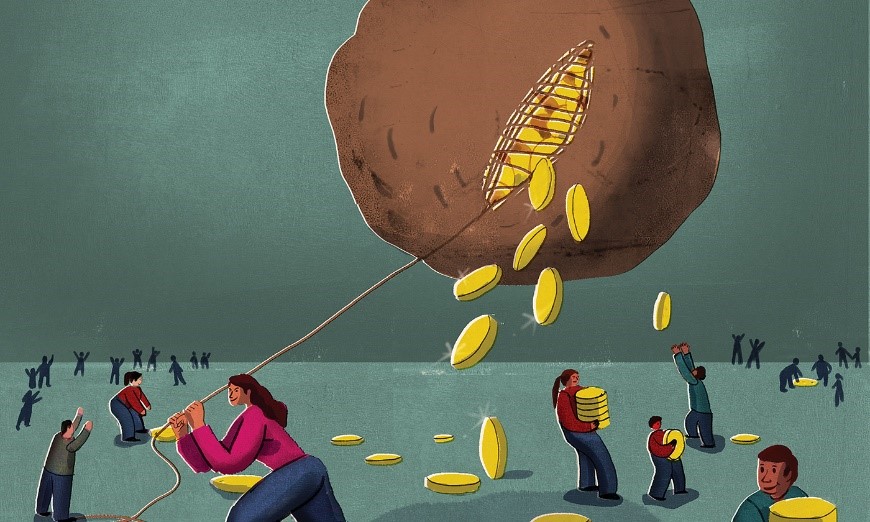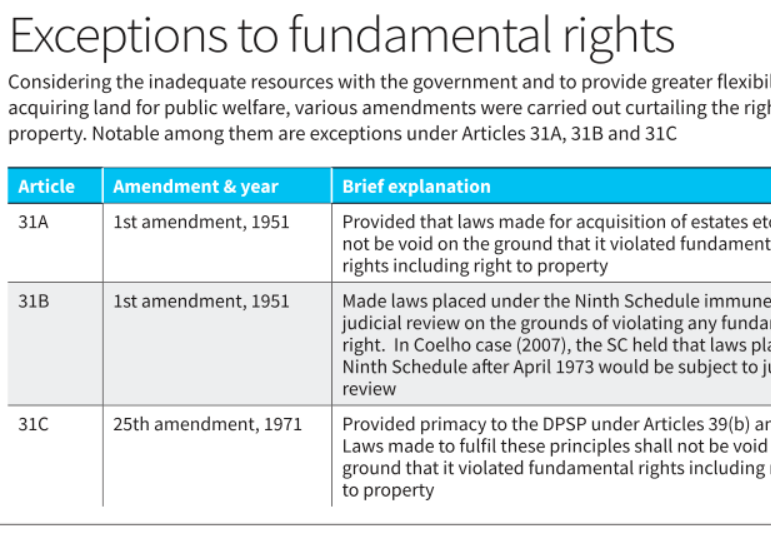Free Courses Sale ends Soon, Get It Now


Free Courses Sale ends Soon, Get It Now



Disclaimer: Copyright infringement not intended.
Context
What does the Constitution provide?
What is the historical context?

What is the current debate?
What can be the way forward?
|
PRACTICE QUESTION Q. Discuss the effectiveness of past fiscal policies, such as imposing extremely high tax rates, estate duty, and wealth tax, in achieving their intended objectives. Furthermore, analyze the role of the government in protecting the interests of the poorer classes amidst such fiscal measures. |
SOURCE: THE HINDU
© 2024 iasgyan. All right reserved